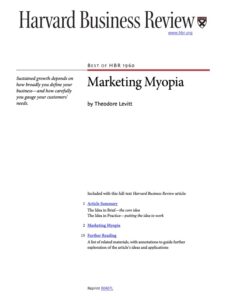Coombs, R., Miles, I. (2000)
Welcome to the Library
Hello. Why don’t you pull up one of those nice comfy chairs. Go on, settle yourself down in front of the crackling fire, with a good cup of tea (or coffee, or something stronger, the choice is yours).
This is my virtual library where I list the books and articles that have sparked my interest and thoughts. I’m not intending to give a detailed review of these books. Rather, just to highlight points of interest.
If you’re looking for the list of references, then you should try here.
I hope you find the items in the library as interesting and thought inspiring as I have! If you’ve got any comments or suggestions of other books and articles, please let me know!
Hult, G., Hurley, R., Knight, G. (2004)
Paper that shows that Market, Learning and Entrepreneurial orientation are antecedents to innovativeness (which in turn is an antecedent to business performance). Referenced in my article: Increasing the Innovativeness of Organisations
Vargo, S. L., Lush, R. (2016)
Ballantyne, D., Varey, R. J. (2006)
Vargo, S., Lush, R. (2014)
Looks at various inversions that taking a service-dominant logic perspective has compared to the goods-dominant logic (which the authors also call ‘‘old enterprise logic’’ or ‘‘neoclassical economics”. These are: “entrepreneurship and the view that value creation is an unfolding, emergent process seen as superordinate to management, effectual processes understood as primary in relation to predictive processes […]
den Hertog, P. (2000)
Contains the 4-dimension model of services innovation. Used in my article https://solvinnov.com/a-modern-services-innovation-framework/ And introduces the fact that KIBS can be facilitators, carriers or sources of innovation
Calantone, R. J., Cavusgil, T., Zhao, Y. (2002)
Paper that defines and describes learning orientation. Used in my article on improving the innovativeness of organisations.
Kohli, A. K., Jaworski, B. J. (1990)
Paper that defines market orientation. Referenced in my article on improving the innovativeness of organisations.
Levitt, T. (1975)
Booms, B, Bitner, M. J. (1981)









